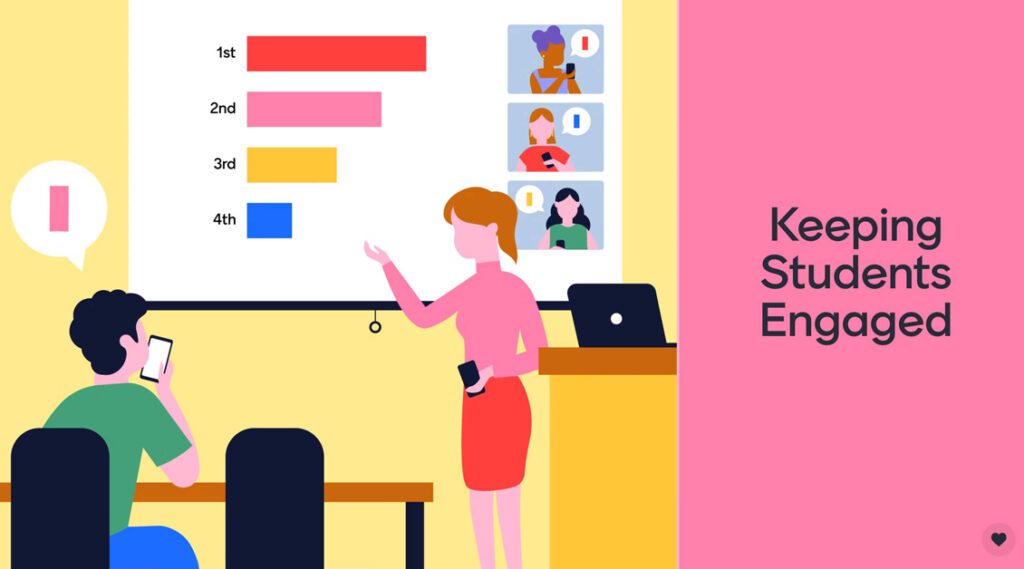Key articles
Due to E-learning, have we lost the human connection?
The ongoing tussle between technology and people’s readiness
Creative ways of providing the H-Factor by giving individual attention to learners
E-Learning and the Human Connect
by KC Madhan Matthew
Ever since the integration of technology and human life, there has been a widespread notion that we are losing the human touch. There is no doubt that technology has advanced and at the same time simplified many aspects of our life on earth. However does this benefit come without a price to pay?
Multiple mediums, devices and channels have come to help us stay connected with each other. These innovations have bridged the geographic, time, convenience, cost and continuity gaps and facilitates instant communication. But with these gains did we lose, empathy, compassion, depth, genuine concern and other human emotions. In this blog we will refer to many interesting facts which can help us get deeper insights on E-Learning and the Human Connect.

Due to E-Learning, Have we lost the human connection
by Lindsay O’neill
Traditional, in-person learning is a very human experience. Many classroom instructors, when teaching online for the first time, tend to try to do a straight transfer of materials from in-person to online. The instructor might record their lectures and post them online and think that’s enough, but it’s better to format online materials so that their students can interact with the materials in the way that works best for them. ‘Teaching presence’ is both the act of developing an online course and then facilitating it. Instructor presence is important because it helps motivate students and reminds them that they’re part of a learning community. Careful development of an online course includes thinking about what students need to learn, how they’ll learn it, how they’ll know they learned it (via assignments and feedback), and how the instructor will help them along the way.
In line with the observations made by Lindsay O’Neill if the necessary transitional steps are not taken, then we can certainly expect a major loss in the human connection. Few remedial points suggested in the same article are as follows
- Humanize your learning experience with instructor presence and empathy
- Learner – Instructor and learner – learner connection to be constantly encouraged
- Flexible learning and Assignment options
- Include a wide range of content materials to avoid monotone and mundane mode of learning
- Develop more inclusive assessments with constructive competition to promote a healthy environment

The Ongoing tussle between technology and people’s readiness
by John b horrigon
Since the late 1990s, inequalities in tech adoption have been characterized as the “digital divide,” and the focus has been mainly on the binary “haves versus have nots.However, there has recently been a pivot in the technology adoption discussion that looks at people’s preparedness, such as their digital skills and their trust in technology, which may influence their use of digital tools, separate and apart from their access to them. The term often used to capture these factors is people’s “digital readiness.When organizations, such as libraries, think about digital readiness, it is usually about whether people have the skills to use information technology, Historically speaking the technology always surges ahead in the beginning and the readiness of the people follows it, in days to come.
This Observation made by John B Horrigon remains true to this day as the world is experiencing a sweeping transformation especially in the e-learning domain.
Below are some interesting statistics about people’s confidence level in embracing new technology.
How confident people are in using computers, smartphones or other electronic devices to do the things they need to do online.
- 54% of internet and smartphone users said they are “very confident.”
- 32% said they are “somewhat confident.”
- 10% said they are “only a little confident.”
- 4% said they are “not at all confident.”
Research finding data from Pawresearch.org.

Creative ways of providing the H-Factor by giving individual attention to learners
by dr.stacey gonzales
We must ensure that we are intentional in our design of online learning spaces that provide human connections and emotional support for both learners and trainers. Here are a few simple adjustments which can be easily applied during virtual live sessions (i.e. zoom, google meets, etc.) to build socially connected and emotionally supportive online learning spaces.
- Have a welcome screen ready
- Have a inclusive ice breaker
- Have collaborative norms like dividing them in groups/teams to do certain activities together
- Be Genuine in your intention and approach
- Have social breaks in between
- Have a well timed session
- Use personalized and customized presentations
As spelled out by Dr. Stacey Gonzales, it is really important for us to have the (H) Human factor.
Of course all our sessions may have different number of learners. More the number of learners it is more difficult to have the human touch. That is why we need to be careful in choosing the batch size for a learning session. It is a better idea to divide the group into small groups so that they can connect with each other and you can also connect with them as groups.
One of the best ways is to be organized in maintaining a log of having a one to one session with your e-learning learners. All opportunities to display their talents or abilities in the class should be distributed equally to everyone. No one should feel left alone and everyone should be listened to. Being on top of this helps indeed.
join the revolution towards inclusive, accessible, including LMS for Universities, LMS for Schools, LMS for Corporate organizations. and effective LMS for education for all.


